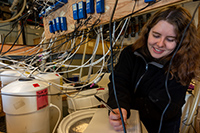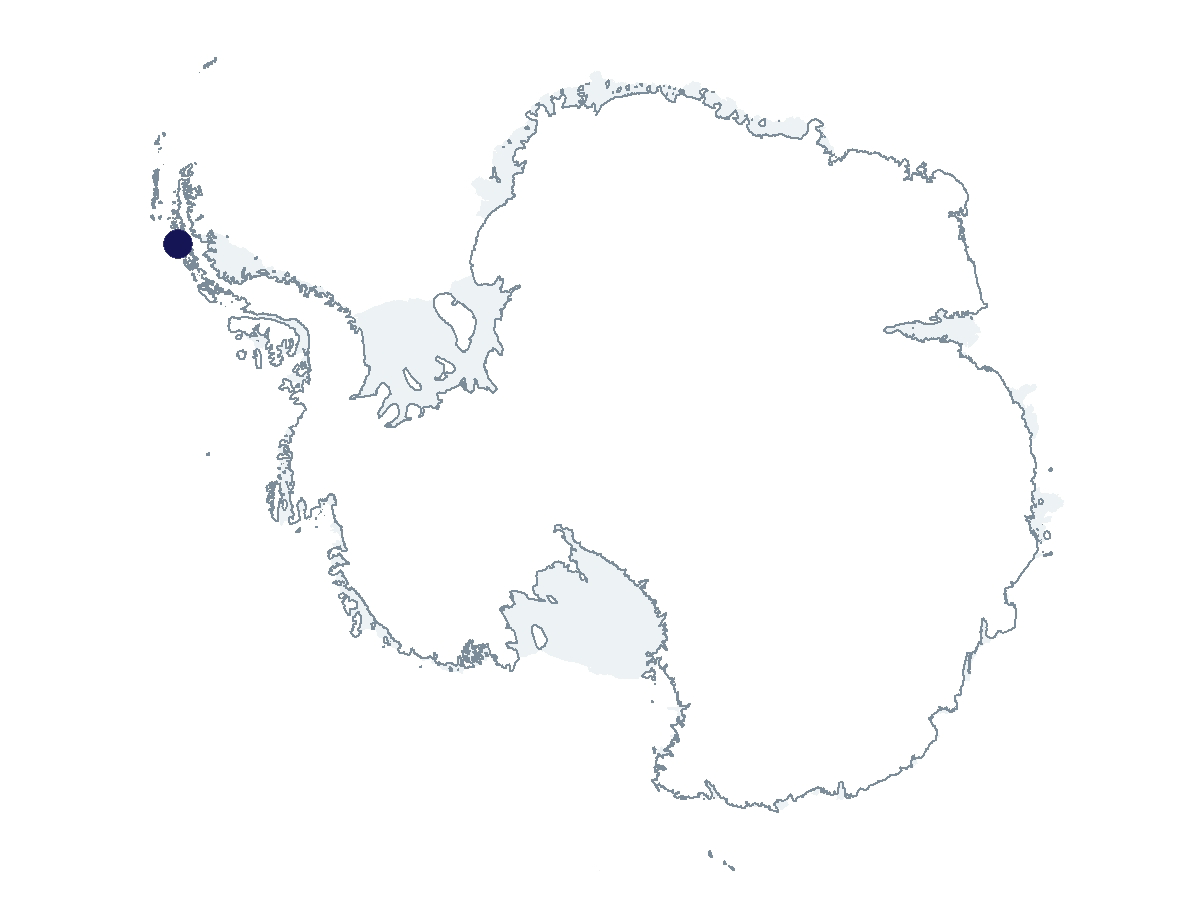2022-2023 USAP Field Season
Project Detail Project TitleAssemblage-wide effects of ocean acidification and ocean warming on ecologically important macroalgal-associated crustaceans in Antarctica Summary
Event Number:
Program Director:
ASC POC/Implementer: Principal Investigator(s)
Dr. James McClintock
Project Web Site: Location
Supporting Stations: Palmer Station DescriptionForests of seaweed dominate the shallow coastal waters of the western Antarctic Peninsula and provide habitat and food for many marine organisms. Most of the seaweeds are chemically defended against herbivores yet support high densities of herbivorous amphipods, which consume algae that would otherwise overgrow the seaweeds. This project builds on recent research showing that several species of amphipods suffer significant mortality when chronically exposed to the increased acidity and elevated temperatures representative of near-future oceans. By simulating these conditions in the laboratory, researchers will test the hypothesis that ocean acidification and warming will play a significant role in re-structuring the crustacean assemblages associated with seaweeds. The research will also expand knowledge of climate change impacts by focusing on a geographic region uniquely susceptible to it. Field Season OverviewThis second field season for the current project will involve an experimental setup in the aquarium and lab. Experimental buckets in the aquarium will be divided into four compartments with window-screen mesh. The buckets will contain four species (divided into the compartments) which represent two-each relative 'winners' and 'losers' identified during the first field season. Water chemistry parameters will be measured daily using the station spectrophotometer, hand-held equipment (pH meter and digital thermometer), and grantee-supplied titrator. In addition, they will be monitoring the bucket compartments daily for mortality and molting as well as removing individuals periodically for biochemical measurements to be made at the grantees' home institution. Square tanks outside will be used to seed macroalgae or plastic aquarium plants with microalgae as food for the amphipods, and palatable macroalgae will be collected regularly from the field to supplement this diet. Organisms for the experiment will be collected by scuba diving within the traditional small boat limits around the station. They plan to use a rigid-hulled inflatable boat (RHIB) to revisit 2019 B-236 transects in the Joubin and Wauwermans Islands late in the field season (April). Deploying Team Members
|
2022-2023 Science Planning Summary



For USAP Participants |
For The Public |
For Researchers and EducatorsContact UsU.S. National Science FoundationOffice of Polar Programs Geosciences Directorate 2415 Eisenhower Avenue, Suite W7100 Alexandria, VA 22314 Sign up for the NSF Office of Polar Programs newsletter and events. Feedback Form |



